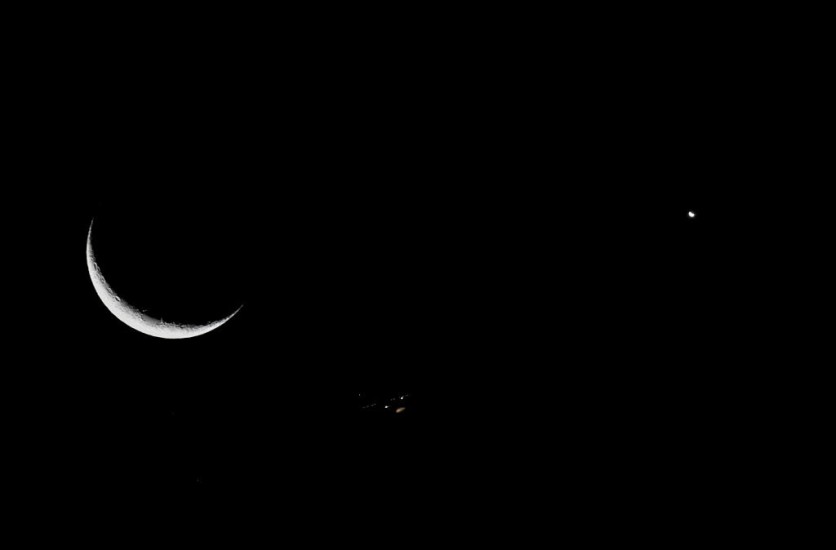Astronomers recently discovered an ancient solar system that is a lot different from our cosmic home, according to Mashable.

Astronomers have spotted a white dwarf star over ten billion years old, 90 light-years away. It is surrounded by planetesimals, which are broken-apart chunks or planets. In addition, it also has pulled in debris from them.
Nothing Like We've Seen Before
The solar system is unusual and is the first to be seen, as it has elements like potassium and lithium. No planets in our solar system contain this kind of composition, which makes it a very interesting discovery.
Since the solar system is old, it means that it formed and died even before the sun and Earth were even born. In fact, the former planets that surround the white dwarf star are considered now to be the oldest planetesimals that have ever been found in our galaxy.
How It Was Discovered
Astronomers discovered this white dwarf using an observatory in space, which is called Gaia. A distant spacecraft orbits the sun, at the same time, maps out stars and galaxies in the cosmos.
After they spotted the white dwarfs, they used an X-Shooter located in Chile to study the stars' atmospheres. In this particular white dwarf, they found chemicals such as lithium, potassium, and sodium. Typically, white dwarfs are made of hydrogen or helium.
So, this white dwarf has a different composition than the ones that are usually seen. Therefore, the team of astronomers believes that it has a different history. They had never seen this kind of spectrum previously, and it was an exciting new find.
What This Could Mean for Us
Knowing that there are many older stars than ours can give us some perspective on the universe. It's amazing to think about how long such a solar system has been around. The elements seen around the white dwarf can tell us how it has changed over time.
Discoveries like this help us to understand space so much better. We can learn about planets and stars in a new way. So, it's not just about finding life out there in the cosmos. It's about finding what has been there for millions of years.
This type of discovery can also help us to look for exoplanets that are around white dwarfs. If researchers find more, they will be able to study them just like this. This can enhance our knowledge and help us to understand how planets and stars work even better.
The Universe is vast, with many things still to be discovered. It's exciting to think about all of the new things that may be out there. Who knows what we might find next?
Written by April Fowell
This article is owned by TechTimes
ⓒ 2025 TECHTIMES.com All rights reserved. Do not reproduce without permission.




